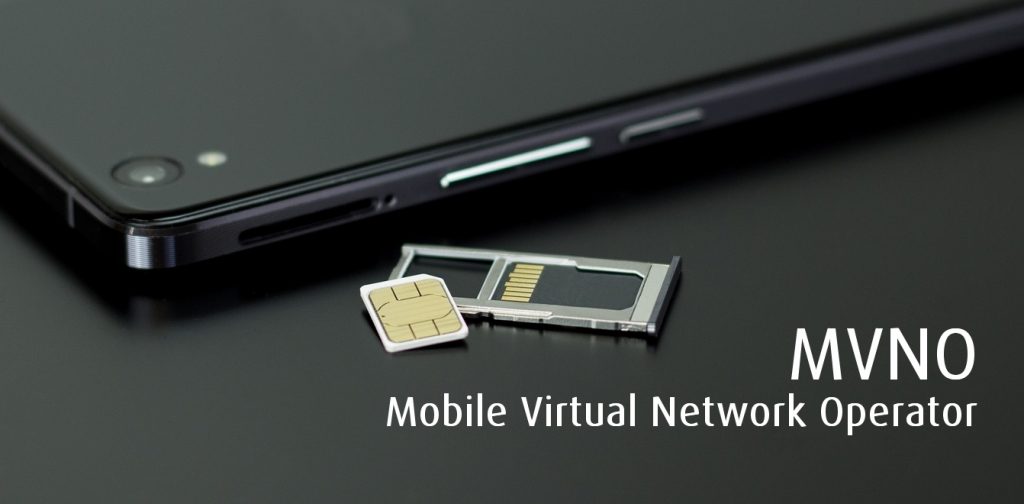The Job Future of Machine-to-Machine (M2M) Technology
The rapid advancement of technology has revolutionized various industries, leading to significant transformations in the way we live and work. One of the most promising developments in recent years is the rise of machine-to-machine (M2M) communication. M2M technology enables devices to interact and exchange information without human intervention, opening up new possibilities and efficiencies across multiple sectors. While this technological revolution brings numerous benefits, it also raises questions about the impact on employment. In this article, we will explore the job future of M2M, analyzing the potential changes, challenges, and opportunities it presents.
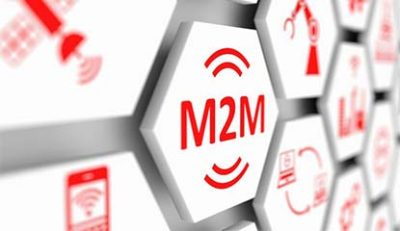
- Understanding Machine-to-Machine (M2M) Technology: Machine-to-Machine (M2M) communication refers to the exchange of data between two or more devices without human intervention. These devices can include sensors, actuators, machines, vehicles, and more. M2M technology enables seamless connectivity, allowing devices to collect, analyze, and transmit data, enabling real-time decision-making and automation.
- Current Applications of M2M Technology: M2M technology has already made significant inroads in various industries, providing numerous benefits. Some of the current applications include:
2.1. Manufacturing and Industrial Automation: M2M technology streamlines manufacturing processes by connecting machines, monitoring production lines, and enabling predictive maintenance. This increases operational efficiency, reduces downtime, and enhances overall productivity.
2.2. Healthcare and Telemedicine: M2M technology facilitates remote patient monitoring, asset tracking, and drug inventory management. It enables healthcare providers to deliver timely care, improve patient outcomes, and optimize resource allocation.
2.3. Smart Cities and Infrastructure: M2M technology plays a crucial role in building smart cities by integrating various systems, such as transportation, energy, and public safety. It enhances urban planning, resource management, and citizen services.
2.4. Transportation and Logistics: M2M enables real-time tracking of vehicles, optimizing routes, and monitoring cargo conditions. It improves supply chain visibility, reduces fuel consumption, and enhances delivery efficiency.
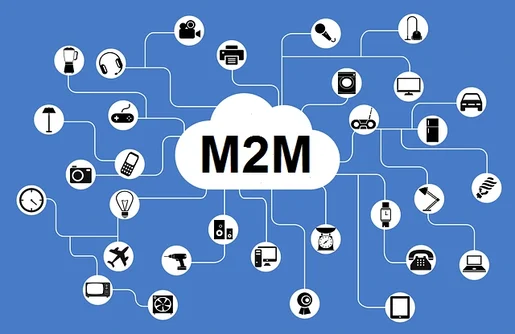
- The Impact of M2M on Employment: While M2M technology brings undeniable benefits, its widespread adoption may lead to significant changes in the job market. Here are some key areas to consider:
3.1. Job Displacement: As automation and M2M technology advance, certain job roles may become redundant. Tasks that are repetitive, rule-based, or involve data collection and analysis may be automated, leading to displacement for some workers.
3.2. Shift in Skill Requirements: The rise of M2M technology will necessitate a shift in the required skill sets. Jobs will increasingly require expertise in data analysis, programming, network management, and cybersecurity. Reskilling and upskilling programs will be crucial to prepare the workforce for these evolving demands.
3.3. New Job Opportunities: While M2M technology may displace certain job roles, it also opens up new avenues for employment. The implementation, maintenance, and management of M2M infrastructure will create demand for skilled professionals. Additionally, the development of new M2M applications and services will generate entrepreneurial opportunities.
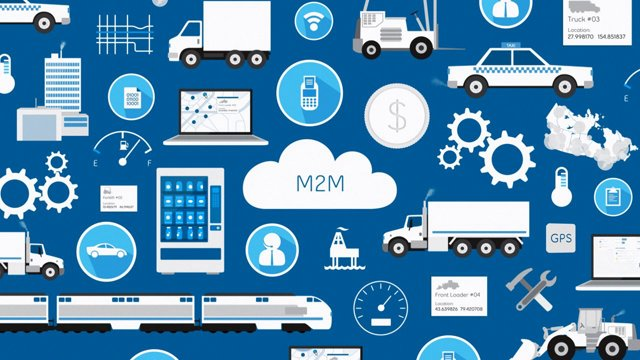
- Job Opportunities in the M2M Ecosystem: The M2M ecosystem encompasses various job roles across different sectors. Some potential job opportunities include:
4.1. Data Analysts and Scientists: The increasing volume of data generated by M2M systems requires professionals who can analyze and derive meaningful insights. Data analysts and scientists play a critical role in interpreting complex data sets to inform decision-making.
4.2. Network Engineers and Architects: The successful deployment of M2M technology relies on robust networks and infrastructure. Network engineers and architects design, implement, and maintain the connectivity needed for seamless machine communication.
4.3. Cybersecurity Experts: With the proliferation of M2M systems, ensuring the security and integrity of data becomes paramount. Cybersecurity experts are essential to protect against cyber threats, safeguard privacy, and prevent unauthorized access.
4.4. M2M Application Developers: As M2M technology evolves, there will be a growing demand for skilled developers who can create innovative applications and services. Developers proficient in programming languages, IoT frameworks, and cloud computing will be sought after.
4.5. Maintenance and Support Specialists: M2M systems require regular maintenance, troubleshooting, and support. Technicians and specialists with knowledge of M2M devices, sensors, and connectivity will be crucial to ensure smooth operation.
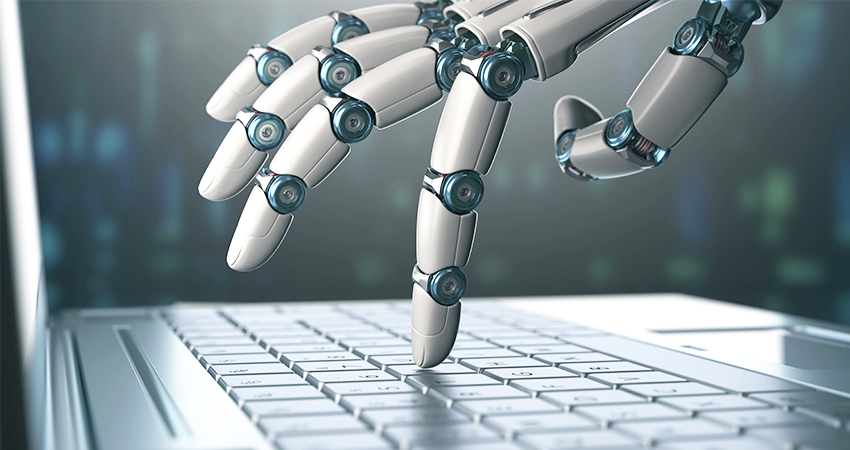
- The Importance of Reskilling and Lifelong Learning: To adapt to the changing landscape, individuals and organizations must embrace reskilling and lifelong learning initiatives. Governments, educational institutions, and businesses should collaborate to offer training programs and educational opportunities that equip individuals with the skills needed in the M2M era.
- Ethical Considerations: As M2M technology becomes more prevalent, ethical considerations surrounding privacy, data ownership, and algorithmic biases become crucial. Policymakers and industry stakeholders must work together to establish guidelines and regulations that address these concerns.
Conclusion: Machine-to-Machine (M2M) technology has immense potential to transform industries, enhance efficiency, and improve the quality of life. While it may lead to some job displacement, the rise of M2M also opens up new opportunities and creates a demand for specialized skills. Preparing the workforce for this shift through reskilling and upskilling programs will be vital to ensure a smooth transition and to capitalize on the benefits offered by M2M technology. By embracing the potential and addressing the challenges, we can navigate the job future of M2M and build a prosperous and inclusive society in the digital age.
By Abdul W Moghul
 MVNO MVNE MNO Mobile & Telecoms industry intelligence Telecoms Jobs, News and Business
MVNO MVNE MNO Mobile & Telecoms industry intelligence Telecoms Jobs, News and Business
